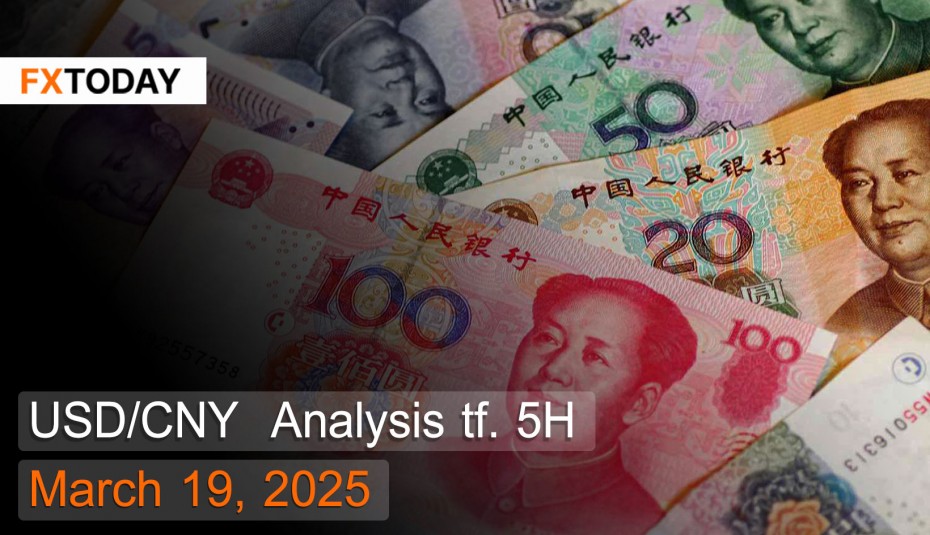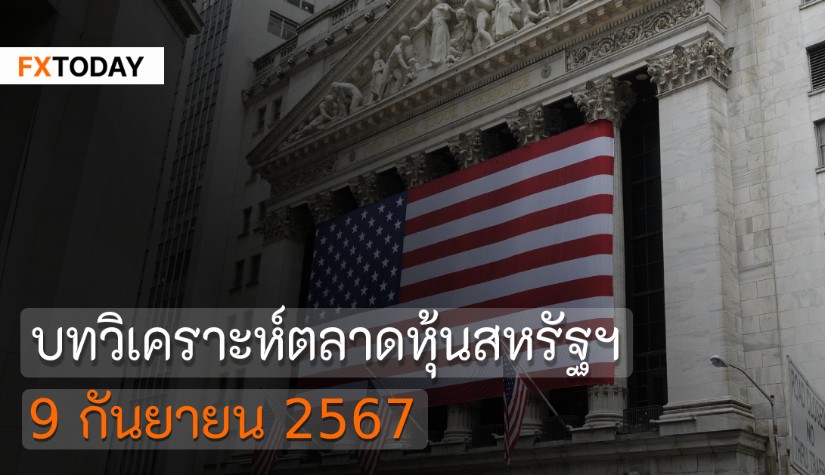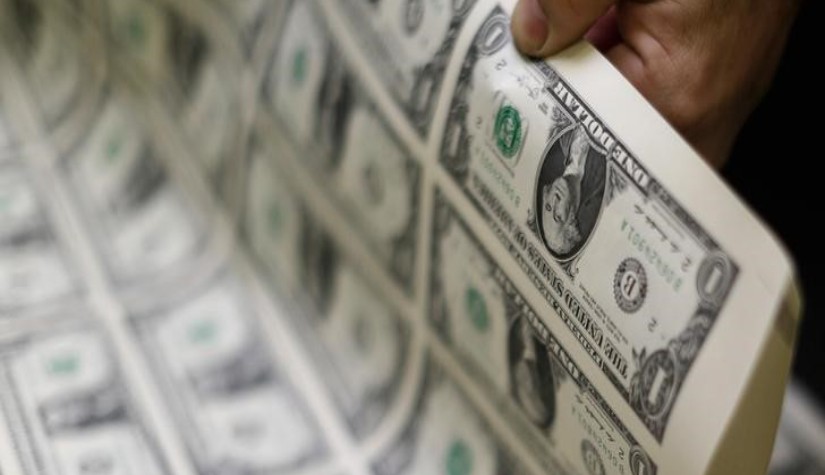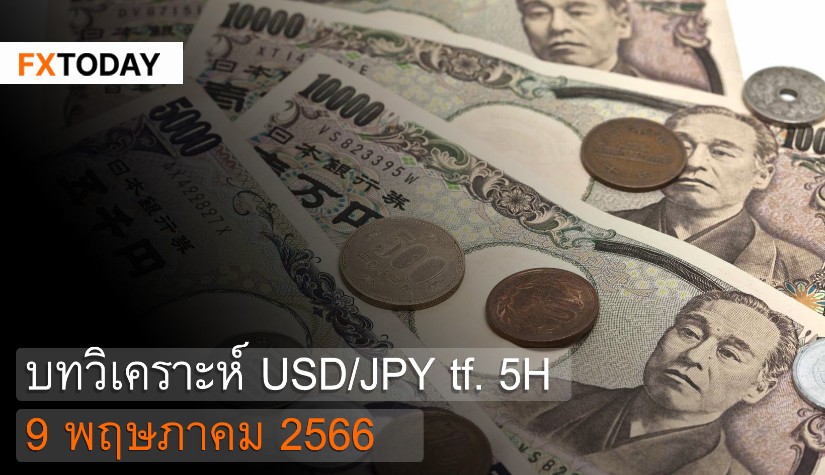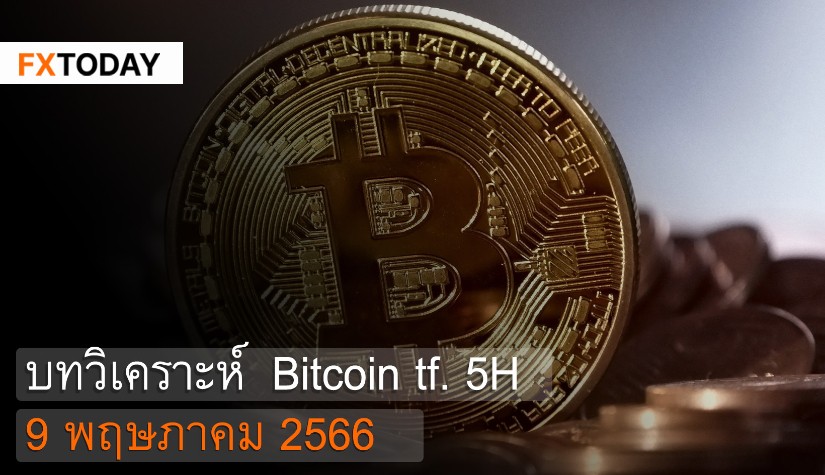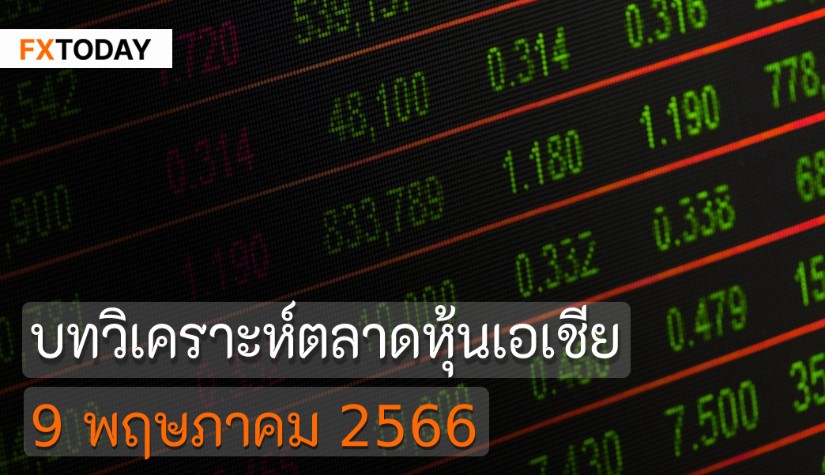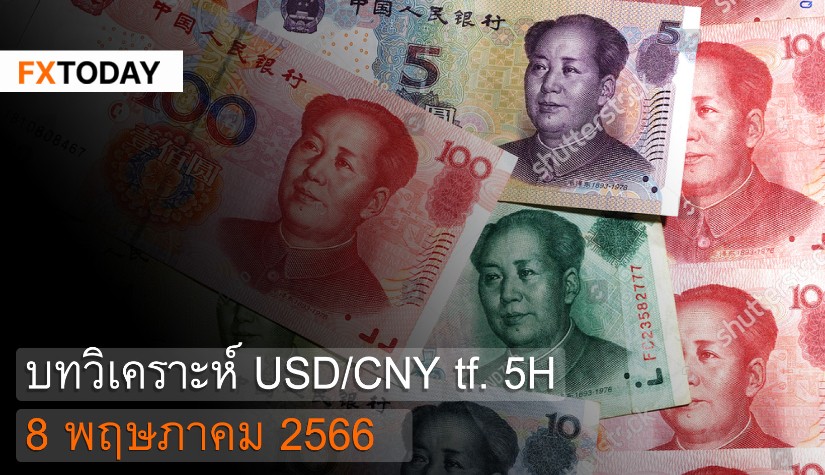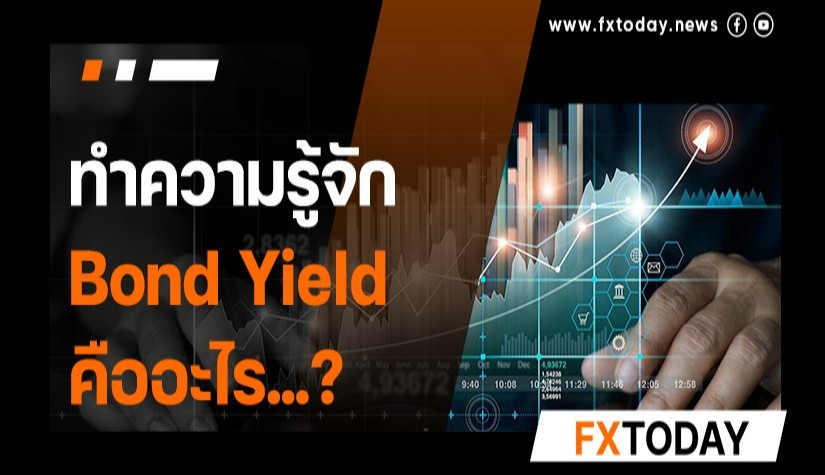The Chinese government has introduced additional measures to stimulate the economy.
The yuan depreciated slightly as the latest stimulus measures lacked clear details, leading investors to believe that China’s economy may continue to remain stagnant this year. While the measures primarily focus on boosting consumption, they do not provide much clarity. Meanwhile, former U.S. President Donald Trump announced that Xi Jinping would visit Washington amid escalating trade tensions, raising concerns among investors about a possible intensification of the trade war.
On Saturday, China announced a 100% tariff on certain agricultural imports from Canada, including a 25% tariff on meat products. These tariffs, set to take effect on March 20, are a response to Canada’s trade policies. Previously, Canada had imposed a 100% tariff on Chinese-made electric vehicles starting from October 1 last year, aligning with similar measures from the U.S. and the EU over concerns about unfair competition. Additionally, Canada imposed a 25% tariff on Chinese steel and aluminum imports, effective from October 15.
Chinese banks issued new loans totaling 1.01 trillion yuan in February, below the expected 1.275 trillion yuan, as credit demand slowed significantly following the early-year stimulus and seasonal preemptive borrowing by banks. February's lending figures remained below 1.45 trillion yuan, while the number of loan applicants increased by over 7% year-on-year.
Foreign direct investment (FDI) into China fell 20.4% year-on-year to approximately 98 billion yuan in the first two months of 2025, marking the steepest decline since 2009. This reflects a drop in foreign confidence in domestic projects, largely due to concerns over deflation risks and perceptions that the government’s economic stimulus response has been too slow. Moreover, the opaque balance sheets of manufacturers and service providers have made foreign investors uneasy. However, signals of economic support from the government suggest that China may ease strict regulations on the tech sector, improving investment confidence in certain industries.
China’s State Council has introduced special measures to boost domestic consumption, including raising household incomes and establishing a childcare subsidy program to encourage higher birth rates. These measures were announced after Chinese Premier Li Qiang reported to the National People’s Congress that the government would focus on stimulating household spending to counter weak external demand.
Techical analysis data (5H)
Resistance: 7.2341, 7.2384, 7.2418
Source: Investing.com
Buy/Long 1: If the price touches support in the price range of 7.223 - 7.2264 but cannot break the support at 7.2264, you may set a TP at approximately 7.2384 and SL at around 7.2187 or according to your acceptable risk.
Buy/Long 2: If the price breaks the resistance in the price range of 7.2341 - 7.2384, you may set a TP at approximately 7.2418 and SL at around 7.223 or according to your acceptable risk.
Sell/Short 1: If the price touches resistance in the price range of 7.2341 - 7.2384 but cannot break the resistance at 7.2341, you may set a TP at approximately 7.223 and SL at around 7.2418 or according to your acceptable risk.
Sell/Short 2: If the price breaks the support in the price range of 7.223 - 7.2264, you may set a TP at approximately 7.2187 and SL at around 7.2384 or according to your acceptable risk.
Pivot point March 19, 2025 10:40 PM. GMT+7
|
Name
|
S3
|
S2
|
S1
|
Pivot Points
|
R1
|
R2
|
R3
|
|---|---|---|---|---|---|---|---|
| Classic | 7.2231 | 7.2258 | 7.2286 | 7.2323 | 7.2341 | 7.2378 | 7.2396 |
| Fibonacci | 7.2268 | 7.2289 | 7.2302 | 7.2323 | 7.2344 | 7.2357 | 7.2378 |
| Camarilla | 7.229 | 7.2295 | 7.230 | 7.2323 | 7.231 | 7.2315 | 7.232 |
| Woodie's | 7.2223 | 7.2264 | 7.2278 | 7.2319 | 7.2333 | 7.2374 | 7.2388 |
| DeMark's | - | - | 7.2278 | 7.2319 | 7.2332 | - | - |

